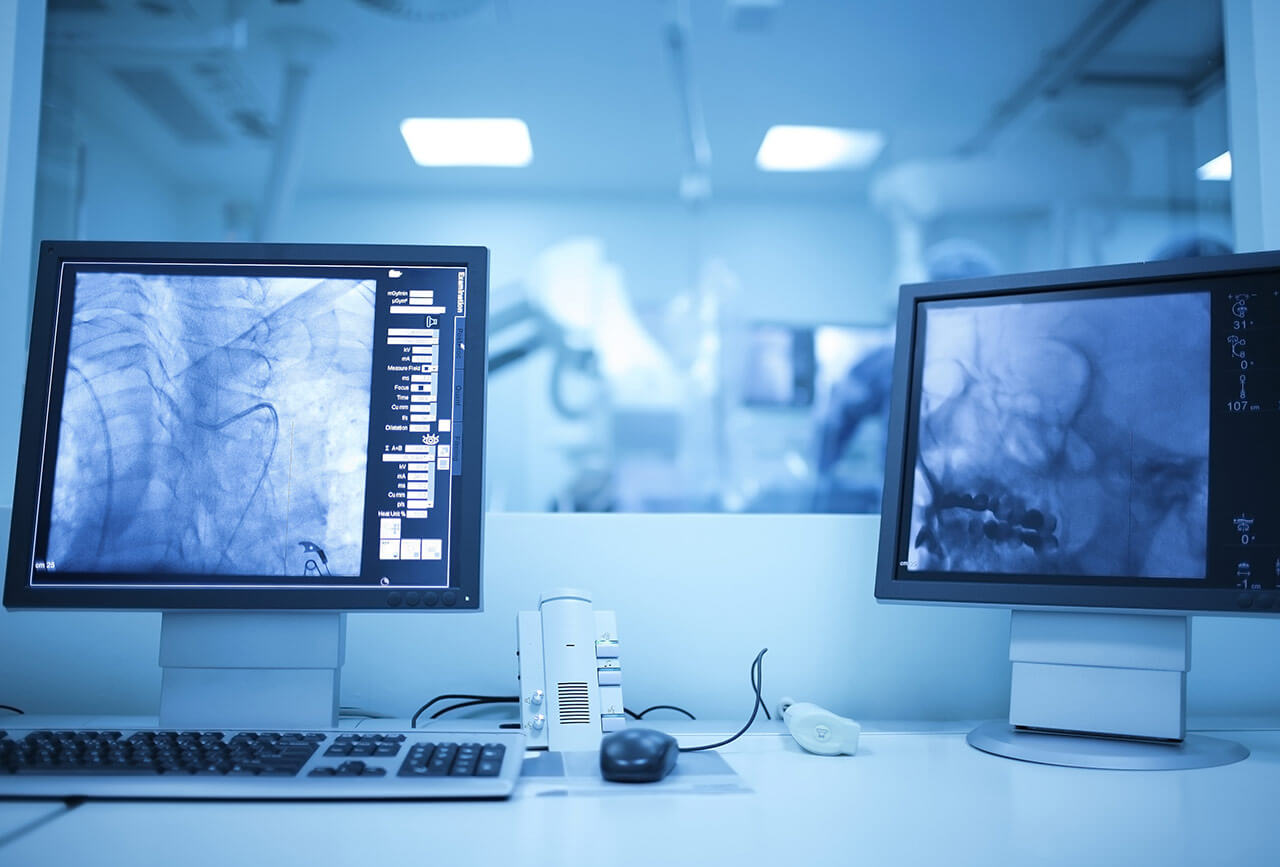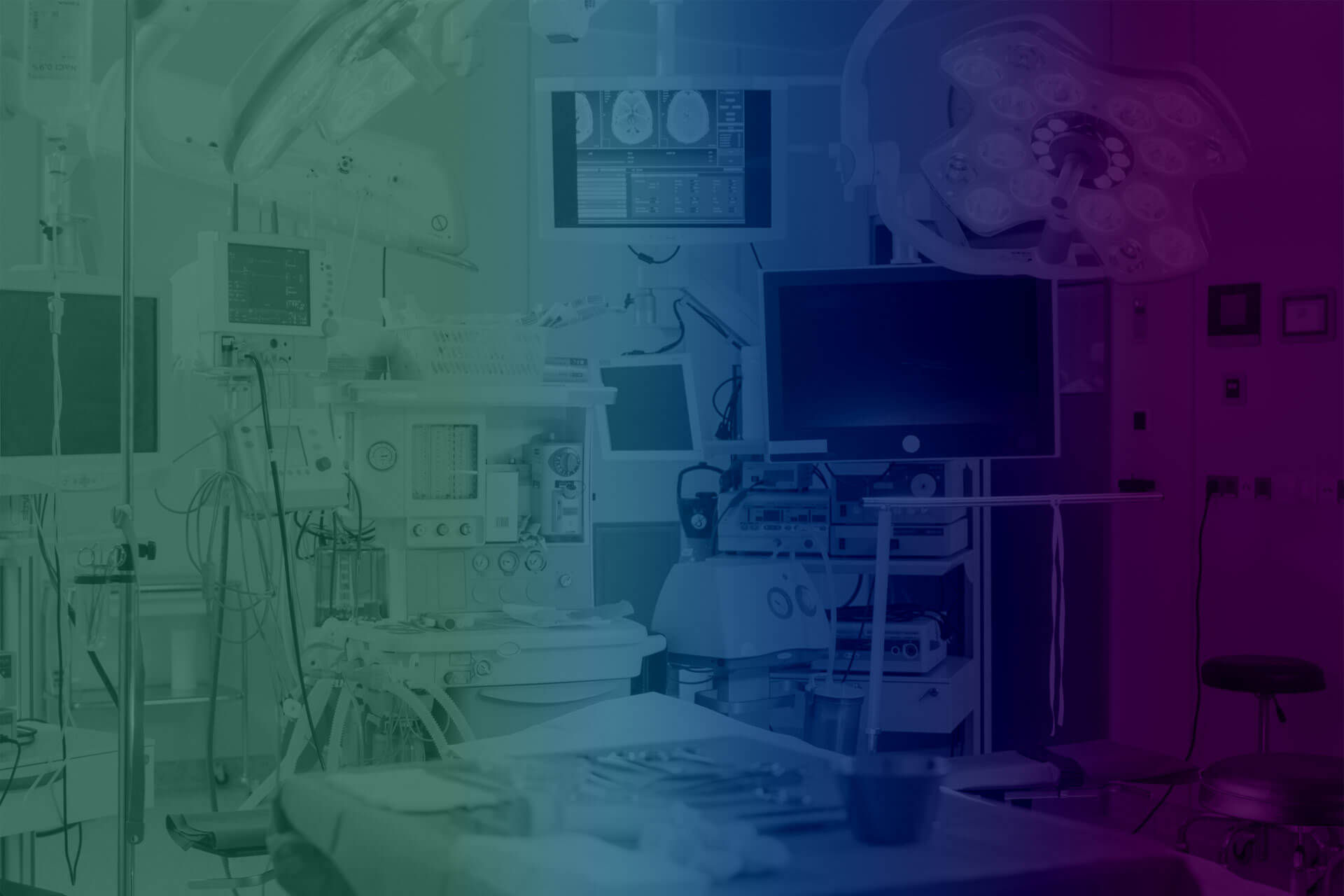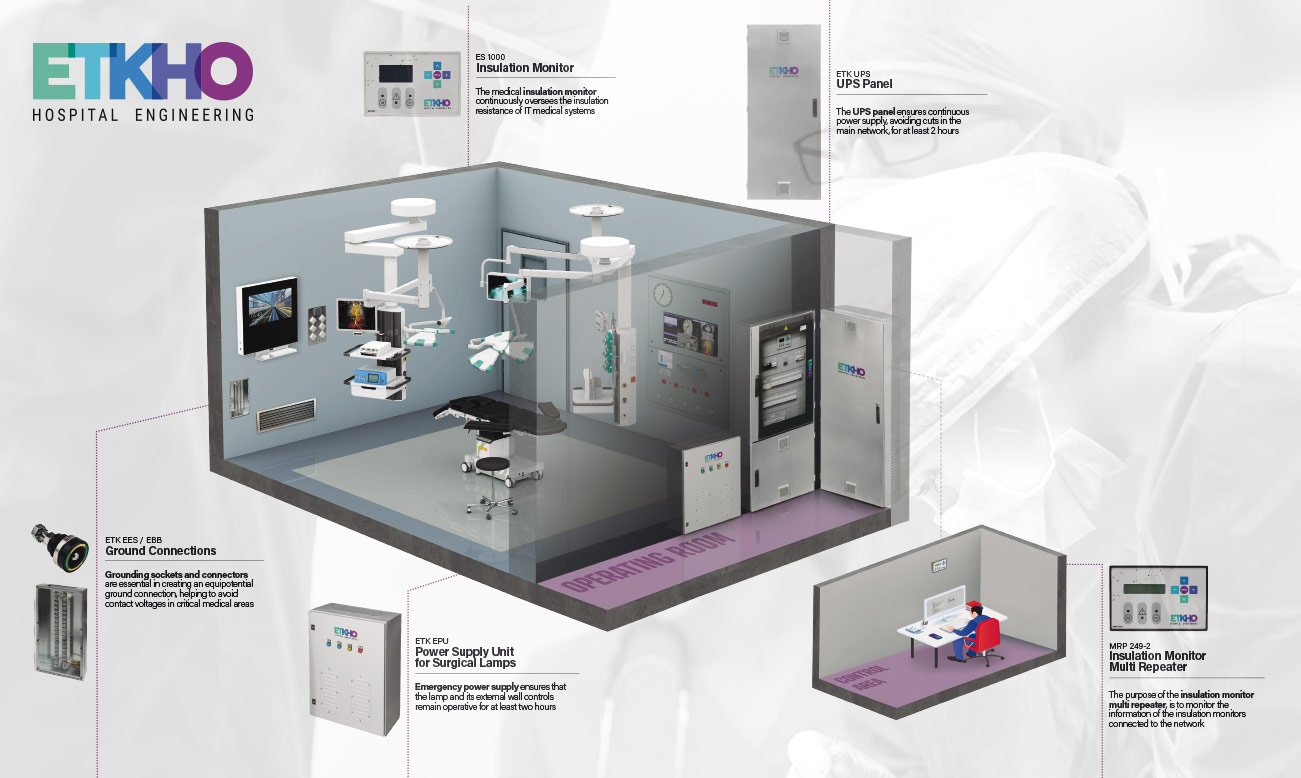Electrical safety in medical centers, especially in critical hospital areas, is a matter that must be considered with the utmost seriousness.
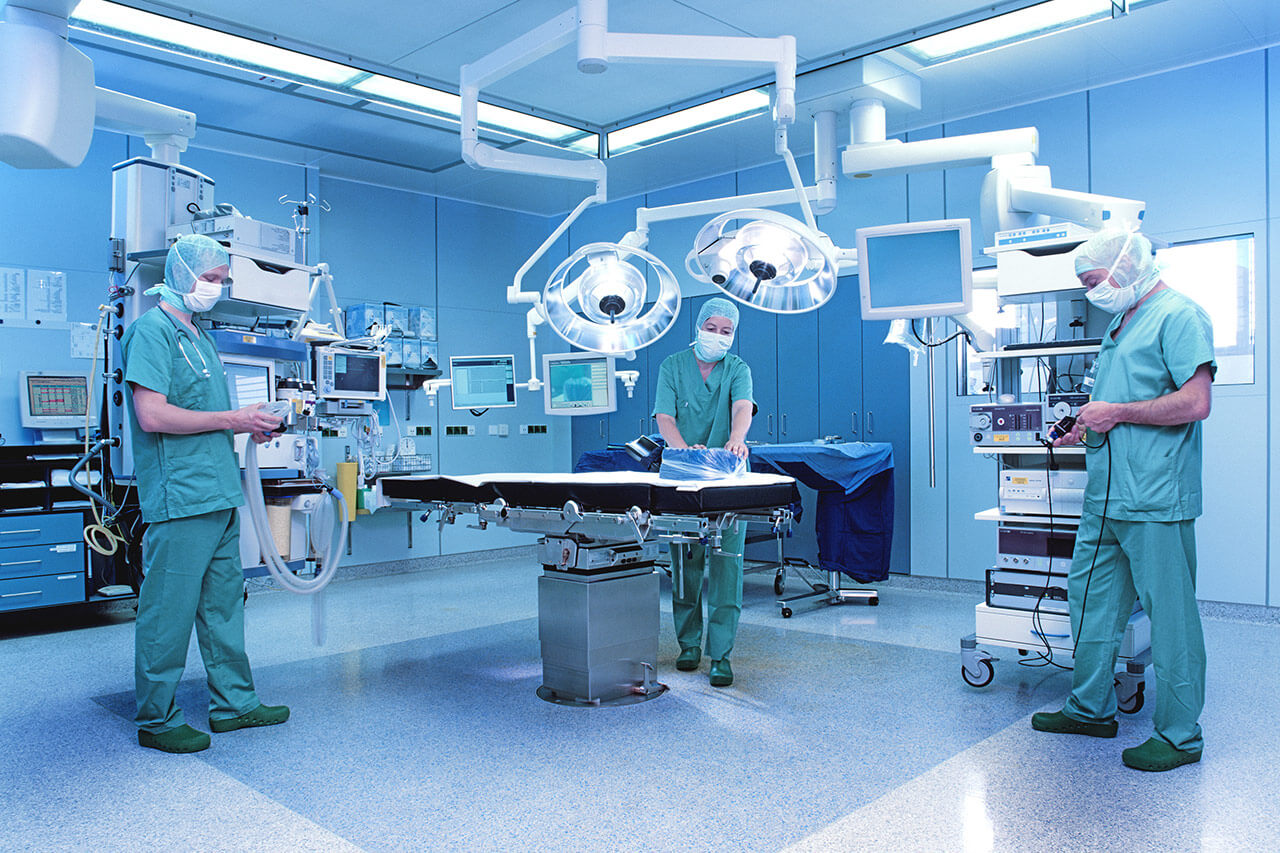
Having a well-designed and complete electrical system is equivalent to taking all possible precautions beforehand and, therefore, facing the potential complications related to hospital electrical safety.
Not surprisingly, hospital units are contexts with high risks of electrical failures if they do not have an adequate electrical safety system. We are talking about failures that are not only limited to material equipment, but can cause damage and human loss.
“At ETKHO, as experts in hospital electrical safety, we are specialized in the manufacture of electrical safety equipment and services for hospitals and operating rooms.”
Among the essential elements of equipment for electrical safety in operating rooms, we find:
1. Ground connections
Ground sockets and connectors are vital in creating an equipotential ground connection, helping to avoid contact voltages in critical medical areas.
Therefore, equipotential grounding is a basic part of safe electrical installation for critical medical settings. The ground connections are suitable for surgical units, ICUs and in general for critical medical areas.
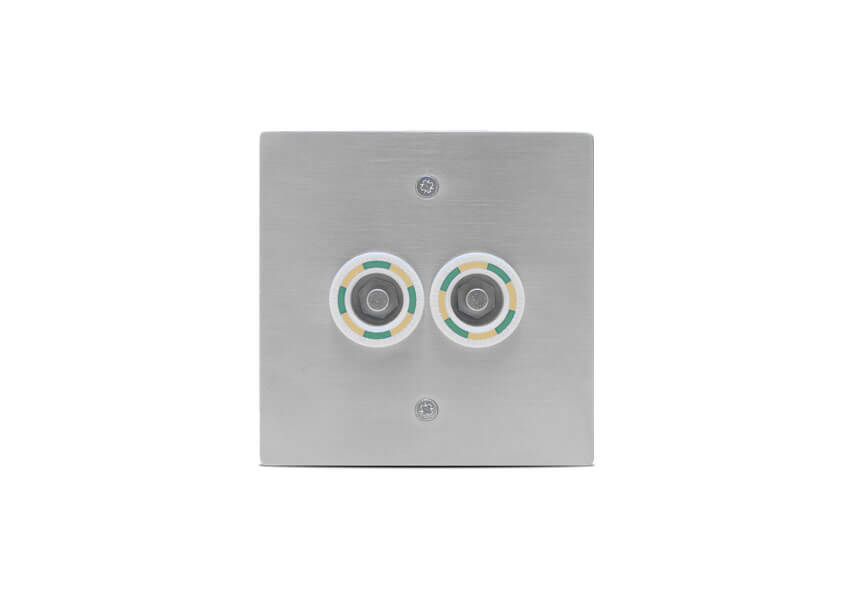
2. Emergency supply unit for surgical lamps
In case of an unintentional power outage or failure of the main power system, the surgical lights should continue to operate for a minimum period of time, using an emergency power unit.
In this case, the emergency power supply ensures that the lamp and its external wall controls remain operational for at least two hours.
The source integrates, in a single box, the network supply and the emergency power supply, consisting of a charger-rectifier and a high quality lead-acid battery, sealed and without gas discharge.
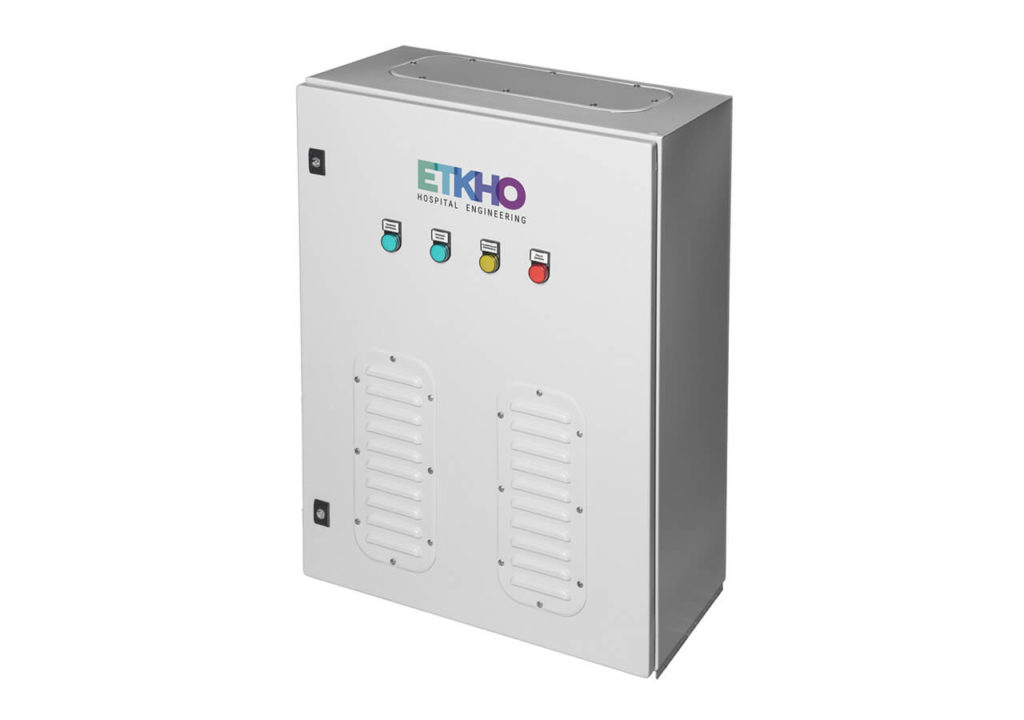
3. Insulation monitor
Continuously monitoring the insulation resistance of medical IT systems is the main function of the medical insulation monitor.
These electrical insulation monitors are relays that are responsible for monitoring the insulation resistance in IT systems.
They also monitor the leakage or differential current, both in grounded systems such as TB and TT. So, the two alarms of the insulation monitors are the ones that allow us to know what the status of the equipment is before any ground fault occurs.
Therefore, it is an essential element to prevent short circuits in the electrical system of a hospital. In this way, within electrical insulation, insulation monitors are essential, since they guarantee insulation resistance, which is the magnitude that determines the protection that exists for people in the hospital and its facilities.
With insulation monitors, to create a correct insulation resistance, fire safety is also guaranteed.
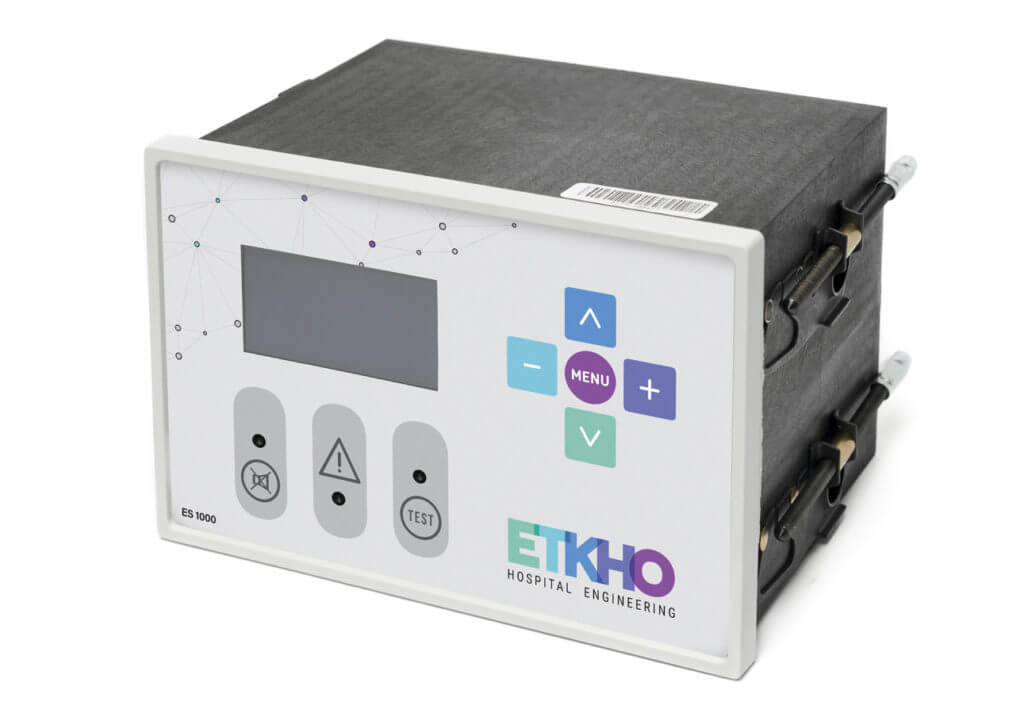
4. Multi-repeater insulation monitor
The insulation monitor and multi-repeater monitors information from insulation monitors connected to the network. To what end? So that the medical personnel can control the state of the isolation guards of medical premises, from a centralized control post.
The multi-repeater has a real-time clock by means of which the date and time of the equipment are adjusted, allowing the date and time in which a specific alarm has occurred to be stored in the alarm memory.
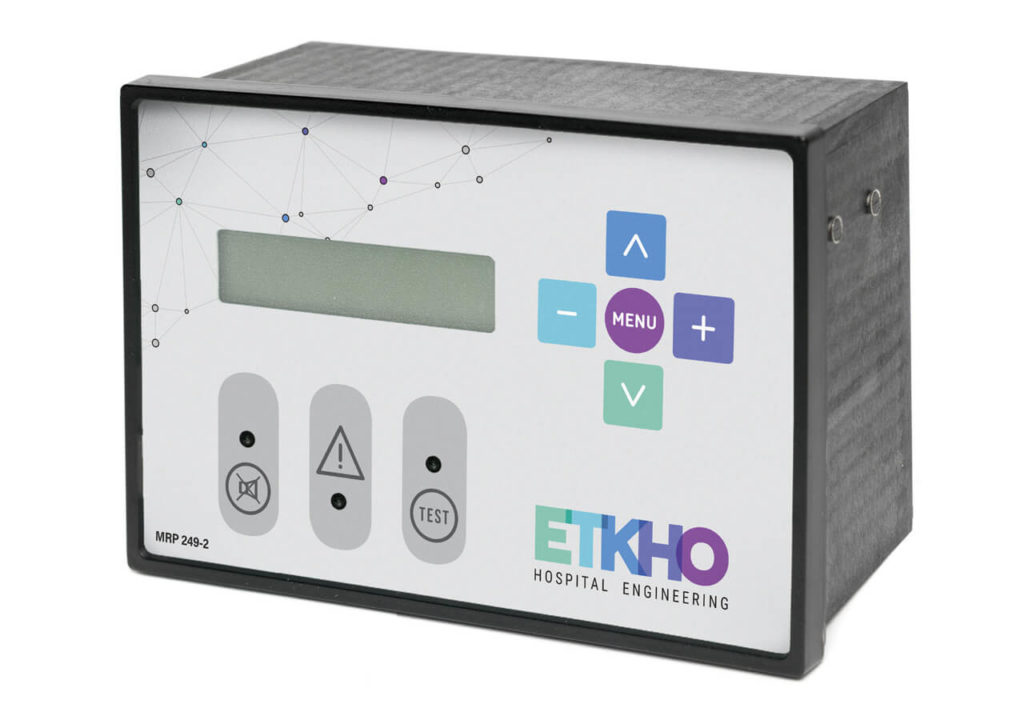
5. IT Power Supply Systems
IT power systems, with automatic detection of electrical ground faults and prompt location, are essential for critical hospital areas.
International and local standards require insulated voltage power systems for such areas, with immediate ground fault detection, allowing the system to remain online in the event of a single fault condition.
These IT systems are characterized in that all active components are grounded, through a high impedance. Thus, the electrical safety isolation box provides an isolated power system for critical areas, such as operating rooms, ensuring that electrical ground faults are detected and located quickly and automatically.
The advantages of IT systems isolated from ground in hospitals are mainly:
• the location of faults during the provision of health services,
• locate the fault while the installation is in service,
• provide more protection,
• less risk of electric shock, etc.
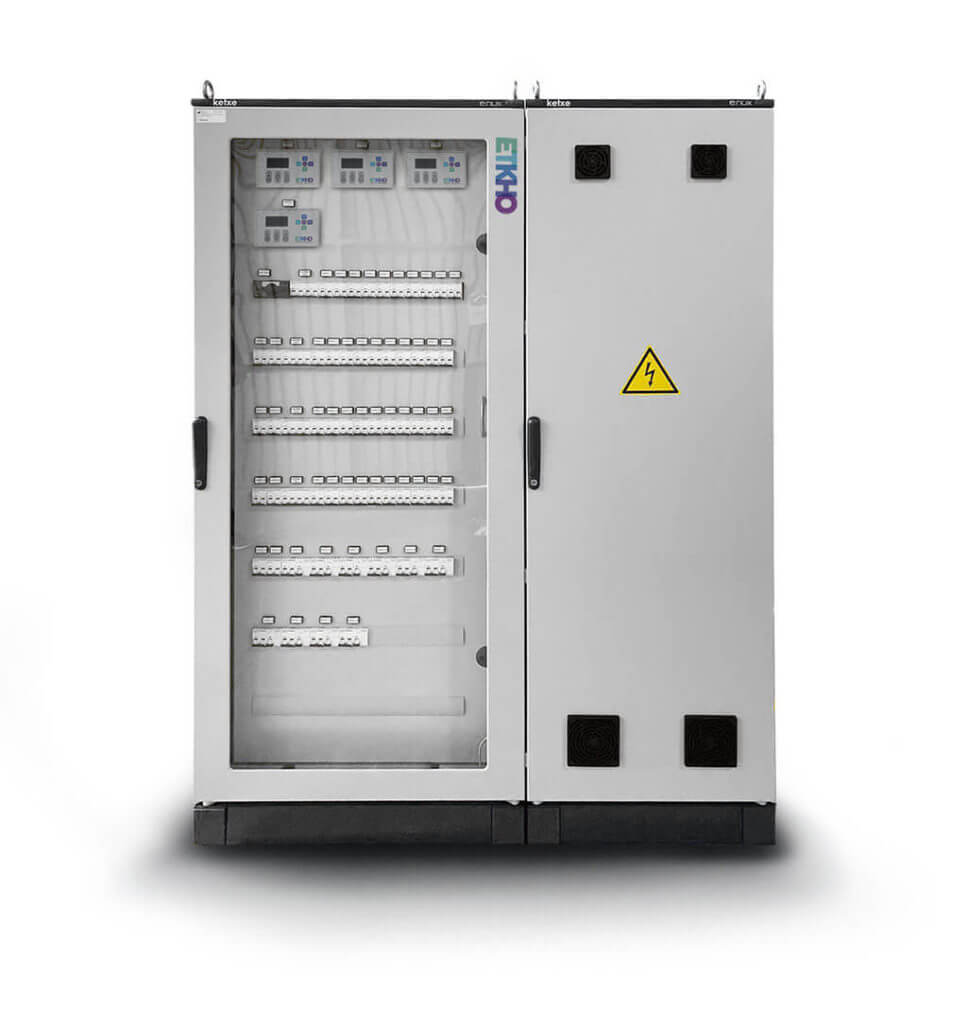
6. Uninterruptible Power Supply System
Critical hospital areas require load-specific emergency power systems that, if there is a failure in the main power supply, automatically go into operation in less than 0.5 seconds.
The uninterruptible power supply panel guarantees the supply of energy continuously, avoiding cuts in the main network, for at least 2 hours.
It is a total protection system in rack format with online double conversion technology with sine wave, to filter all interferences from or to the main power supply, and ensure maximum protection.
Among its main features are the different power inputs, voltage and frequency regulation, the clear and simple LED interface and integration.
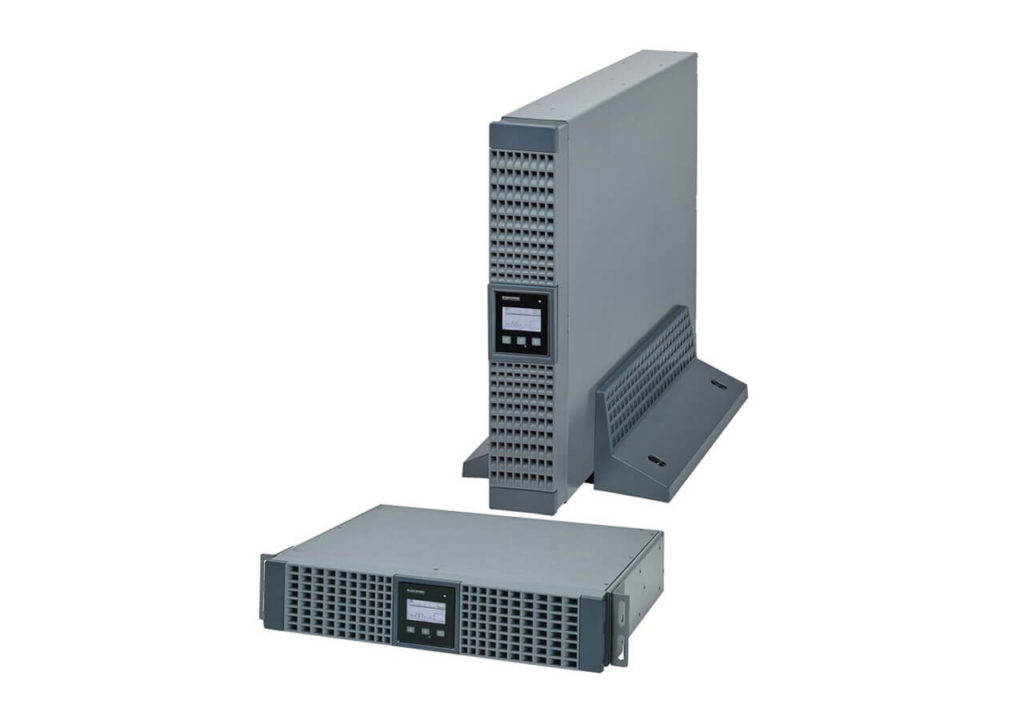
7. Hospital ground panels and electrical outlets
In hospitals and health centers, each machine has its mission or objective.
In the case of hospital ground panels and electrical outlets, their objective is to help prevent and avoid contact voltages within critical medical areas. These elements are installed on recessed panels, with mixed configurations, according to the needs of the particular electrical installation.
The possibility of electric shock caused by poor equipment grounding is one of the great risks faced by patients and healthcare personnel. Therefore, it is crucial to have the appropriate health technology, especially with the devices that guarantee the perfect functioning of electromedicine.
Thus, electrical outlets and equipotential bonding bars are essential for surgical units, ICUs and critical care areas.
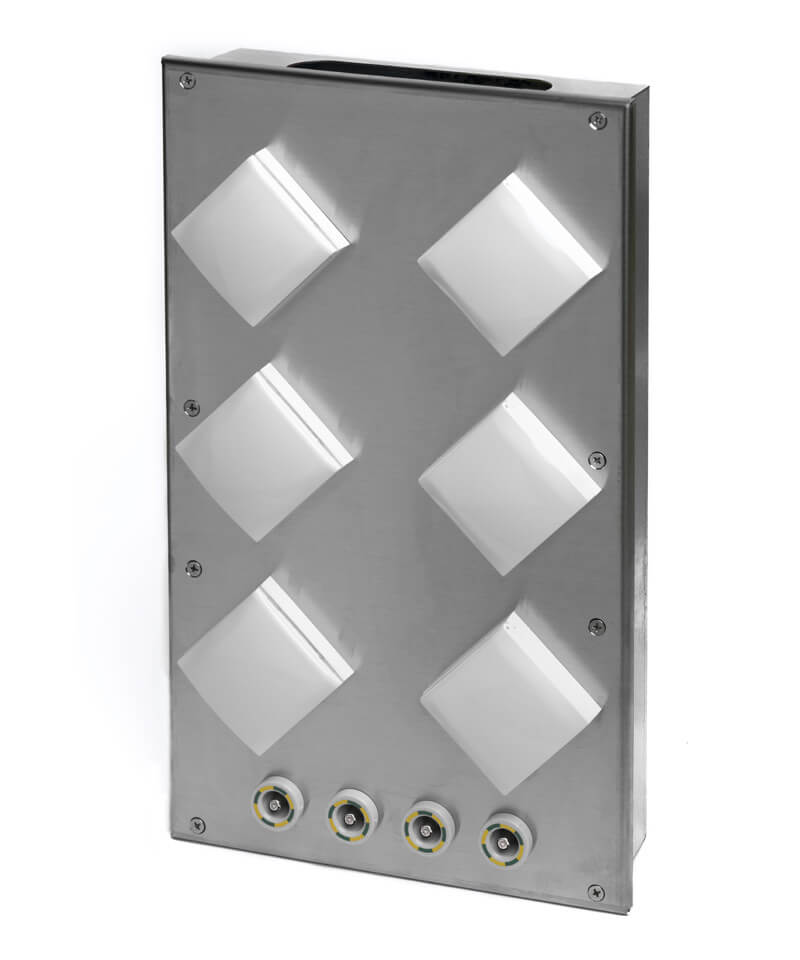
8. Alarm repeater
The purpose of the alarm repeater is to repeat the alarms detected in the isolation monitor for the clinical staff of each health center.
When there is a risk situation, an alarm is activated inside the operating room that alerts the medical staff to act according to the status of the medical procedure and the patient. However, medical personnel sometimes consider this alarm a nuisance and a maintenance problem to be addressed later.
The reality is that, on many occasions, medical personnel do not know how to act when these alarms sound. Or perhaps they are unaware of the risk situation that is occurring, especially in alarms related to electrical safety.
Hence, the importance of the optimal management of technical alarm repeaters in critical areas.
Alarm repeaters, in addition to providing additional information to medical personnel, indicate what to do or who to call. Along with them, the use of touch screens in the technical panels of the operating rooms stands out, allowing the graphic display of the alarm with icons and colors.
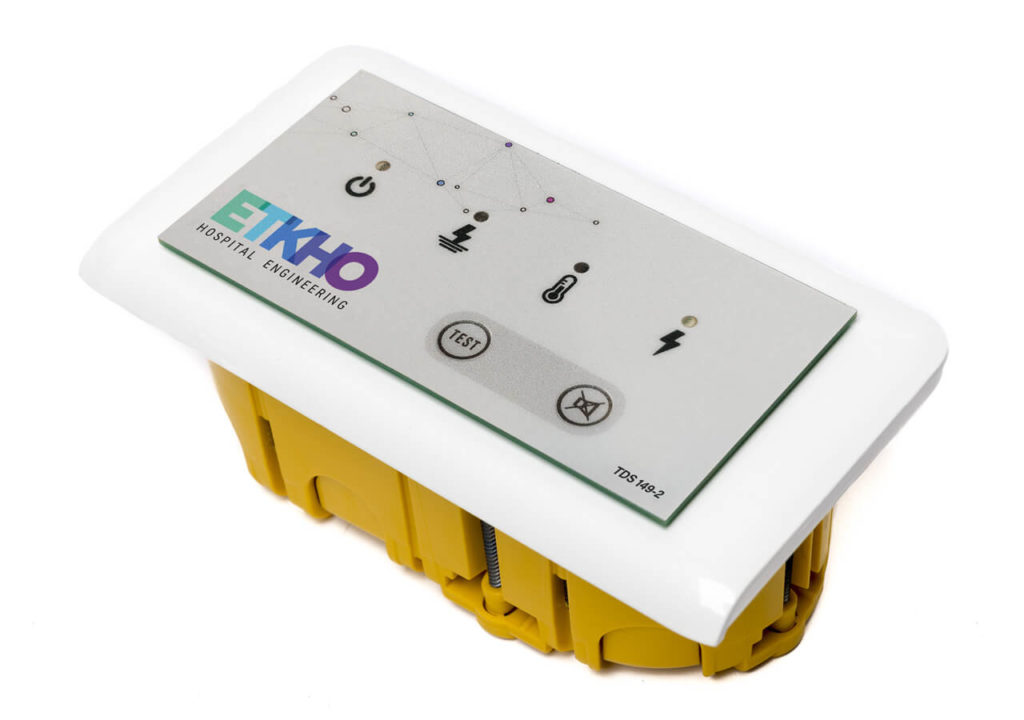
Did you know these ETKHO tools for electrical safety in operating rooms?
If you need more information or advice from a team of experts in hospital electrical safety… Contact us.
